Home>Gardening & Outdoor>Landscaping Ideas>How To Get Rid Of Grass Clippings After Mowing
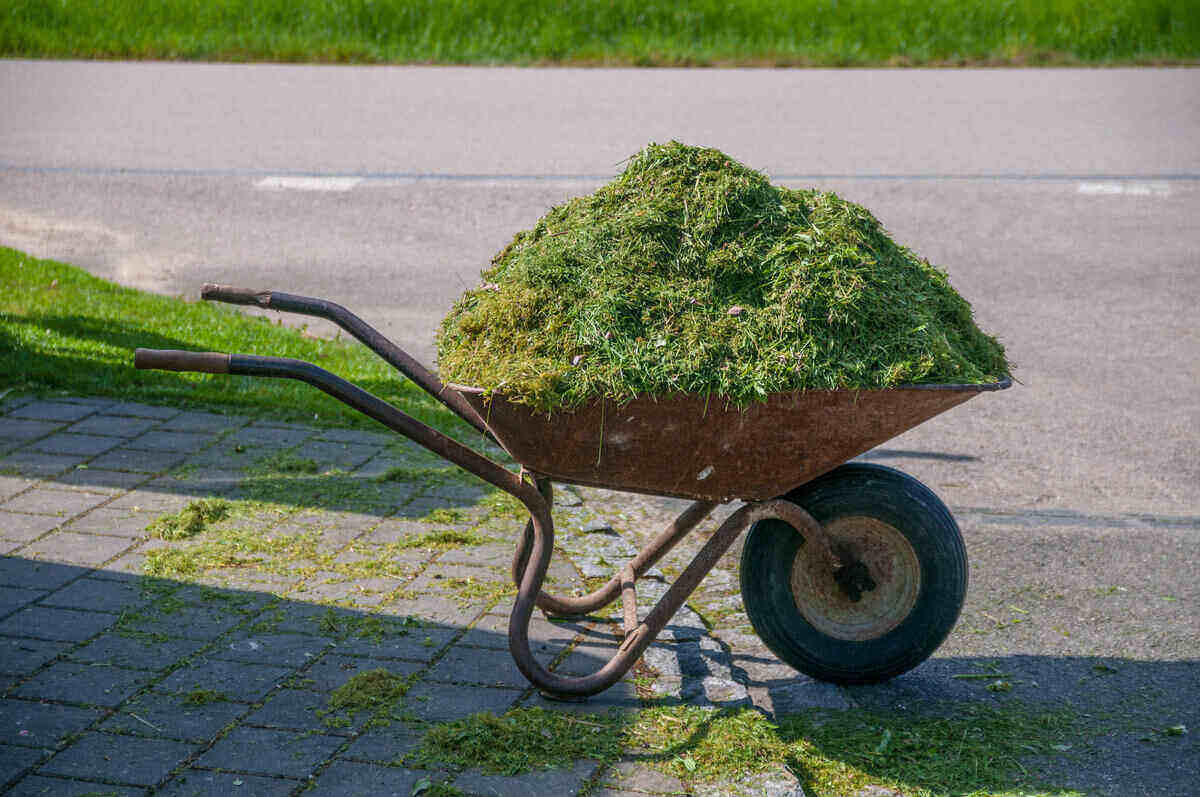

Landscaping Ideas
How To Get Rid Of Grass Clippings After Mowing
Modified: February 18, 2024
Learn effective landscaping ideas to properly dispose of grass clippings after mowing. Discover eco-friendly solutions for a pristine lawn.
(Many of the links in this article redirect to a specific reviewed product. Your purchase of these products through affiliate links helps to generate commission for Storables.com, at no extra cost. Learn more)
Introduction
When it comes to maintaining a lush, healthy lawn, proper mowing is just the beginning. Once you've expertly maneuvered your lawnmower across the expanse of grass, you're left with the inevitable aftermath: grass clippings. While these clippings may seem like a nuisance, they actually hold the potential to benefit your lawn and the environment. In this comprehensive guide, we'll explore various methods for managing grass clippings after mowing, ensuring that your lawn remains pristine and vibrant.
Proper management of grass clippings is not only essential for the aesthetic appeal of your lawn, but it also plays a crucial role in sustainable lawn care practices. By effectively dealing with grass clippings, you can contribute to the overall health of your lawn and reduce unnecessary waste. Whether you choose to bag, mulch, compost, or donate your clippings, each method offers distinct advantages that can positively impact your lawn and the environment.
As we delve into the different approaches for handling grass clippings, you'll gain valuable insights into the benefits and considerations associated with each method. From the convenience of bagging to the nutrient-rich advantages of mulching and composting, you'll discover the most suitable options for your lawn care routine. Additionally, we'll explore innovative solutions, such as using a lawn sweeper and donating clippings, which present unique opportunities to manage grass clippings in an eco-friendly manner.
By the end of this guide, you'll have a wealth of knowledge to make informed decisions about how to best manage your grass clippings after mowing. Whether you aim to maintain a pristine lawn, minimize waste, or enhance the overall health of your lawn, the insights provided here will empower you to take proactive steps towards responsible lawn care. So, let's embark on this enlightening journey and explore the diverse methods for effectively managing grass clippings, ensuring that your lawn remains a vibrant, sustainable oasis.
Key Takeaways:
- Embrace sustainable lawn care by mulching grass clippings to nourish your lawn, reduce waste, and promote eco-friendly practices. It’s easy, beneficial, and environmentally conscious!
- Consider donating grass clippings to local organizations or composting facilities to support sustainable agriculture, minimize waste, and contribute to community-driven sustainability efforts. It’s a win-win for your lawn and the environment!
Read more: How To Clean Grass Clippings After Mowing
Bagging the Clippings
Bagging the clippings after mowing is a straightforward and commonly practiced method for managing lawn debris. Many modern lawnmowers come equipped with a bagging attachment, making the process convenient and efficient. By collecting the clippings in a bag, you can swiftly remove them from the lawn, instantly enhancing its visual appeal.
One of the primary benefits of bagging grass clippings is the immediate improvement in the lawn’s aesthetic. By eliminating the presence of clippings on the surface, your lawn maintains a tidy and well-groomed appearance. This is particularly advantageous if you frequently host outdoor gatherings or simply enjoy the pristine look of a freshly mowed lawn.
However, it’s important to consider the potential drawbacks of bagging grass clippings. While it offers an immediate solution for removing debris, it also involves the disposal of organic material that can provide valuable nutrients to the soil. Additionally, bagging clippings generates waste that may contribute to landfill accumulation, which is a consideration for those aiming to minimize their environmental impact.
If you opt for bagging as your preferred method of managing grass clippings, it’s essential to ensure proper disposal. Many municipalities offer green waste recycling programs, allowing you to dispose of grass clippings in an environmentally responsible manner. Alternatively, you can explore composting facilities or community gardens that may accept organic yard waste, diverting it from landfills and transforming it into nutrient-rich compost.
Ultimately, bagging the clippings provides a convenient means of immediately enhancing the visual appeal of your lawn. While it may involve the disposal of organic material, proper waste management practices can mitigate its environmental impact. As we continue to explore various methods for managing grass clippings, you’ll discover alternative approaches that harness the nutrient-rich potential of these clippings, offering sustainable benefits for your lawn and the environment.
Mulching the Clippings
When it comes to sustainable lawn care practices, mulching grass clippings offers a wealth of benefits for both your lawn and the environment. Mulching involves finely chopping the grass clippings and dispersing them back onto the lawn, where they decompose and contribute valuable nutrients to the soil. This natural process not only minimizes waste but also fosters a healthier, more resilient lawn.
One of the key advantages of mulching grass clippings is the return of essential nutrients to the soil. As the clippings decompose, they release nitrogen, potassium, and other vital nutrients, effectively acting as a natural fertilizer for your lawn. This nutrient enrichment fosters healthy grass growth and reduces the need for additional synthetic fertilizers, promoting a more sustainable approach to lawn maintenance.
Beyond nutrient replenishment, mulching also aids in moisture retention and weed suppression. The layer of mulched clippings acts as a natural barrier, helping to retain soil moisture and inhibit weed growth. This not only reduces the frequency of watering but also minimizes the need for chemical weed control, aligning with eco-friendly lawn care principles.
Furthermore, mulching grass clippings promotes soil health and microbial activity. As the clippings decompose, they contribute to the organic matter in the soil, enhancing its structure and fertility. This fosters a robust ecosystem of beneficial microorganisms, which play a vital role in nutrient cycling and overall soil health.
From an environmental standpoint, mulching grass clippings significantly reduces the volume of organic waste that would otherwise end up in landfills. By harnessing the natural decomposition process to enrich the soil, you can minimize waste while nurturing a healthier, more sustainable lawn.
As you embrace the practice of mulching grass clippings, you’ll witness the transformative impact it has on your lawn’s vitality and environmental footprint. By integrating this eco-friendly method into your lawn care routine, you’ll not only achieve a lush, vibrant lawn but also contribute to the broader initiative of sustainable landscaping practices.
Composting the Clippings
Composting grass clippings presents an environmentally conscious approach to managing lawn debris while creating a valuable resource for soil enrichment. By diverting the clippings from landfills and transforming them into nutrient-rich compost, you can contribute to sustainable gardening practices and foster a more vibrant, resilient lawn.
When composting grass clippings, it’s essential to blend them with a balanced mix of brown and green organic materials. Brown materials, such as dried leaves or shredded paper, provide carbon, while green materials, including grass clippings, offer nitrogen. This harmonious blend facilitates the decomposition process and ensures the creation of high-quality compost.
Composting grass clippings not only reduces waste but also yields a valuable soil amendment that enhances the fertility and structure of the soil. The resulting compost enriches the soil with essential nutrients, promotes moisture retention, and fosters a thriving ecosystem of beneficial microorganisms.
Moreover, composting grass clippings contributes to the reduction of greenhouse gas emissions. When organic materials decompose in landfills, they release methane, a potent greenhouse gas. By composting grass clippings and other organic waste, you can mitigate these emissions while harnessing the nutrient-rich potential of these materials.
Integrating composted grass clippings into your lawn and garden beds enhances soil fertility, reduces the need for synthetic fertilizers, and promotes the overall health of your landscape. The nutrient-rich compost acts as a natural soil conditioner, fostering robust plant growth and resilience against environmental stressors.
By embracing the practice of composting grass clippings, you actively participate in the cyclical and regenerative processes of nature. From reducing waste to nurturing the health of your lawn and garden, composting embodies the ethos of sustainable living and responsible stewardship of the environment.
Consider using a mulching mower to finely chop grass clippings and leave them on the lawn as natural fertilizer. Alternatively, collect clippings in a bag attachment and compost them for use in your garden.
Using a Lawn Sweeper
Employing a lawn sweeper offers a convenient and efficient method for managing grass clippings after mowing, particularly in larger lawn areas. This versatile tool is designed to collect grass clippings, leaves, and other debris, providing a systematic approach to maintaining a tidy and debris-free lawn.
One of the primary advantages of using a lawn sweeper is its ability to swiftly gather grass clippings without the need for manual raking or bagging. This streamlines the post-mowing cleanup process, saving time and effort while ensuring a well-groomed lawn.
Lawn sweepers are available in various sizes and designs, ranging from push models suitable for smaller yards to tow-behind units ideal for larger properties. Their adjustable height settings and durable brushes enable efficient collection of grass clippings, leaves, and other lawn debris, offering a comprehensive solution for lawn maintenance.
By utilizing a lawn sweeper, you can effectively gather grass clippings and repurpose them for beneficial use, such as composting or mulching. This sustainable approach minimizes waste while harnessing the nutrient-rich potential of the clippings, contributing to the overall health and vitality of your lawn.
Furthermore, the use of a lawn sweeper promotes a tidy and well-manicured lawn, enhancing the visual appeal of your outdoor space. The efficient removal of grass clippings and debris creates a pristine and inviting environment, ideal for outdoor activities and leisure.
Integrating a lawn sweeper into your lawn care routine offers a practical and sustainable solution for managing grass clippings, leaves, and other lawn debris. By streamlining the cleanup process and repurposing the collected materials, you can maintain a healthy, vibrant lawn while minimizing waste and environmental impact.
Read more: How To Get Rid Of Mowed Grass
Donating the Clippings
Donating grass clippings presents an innovative and environmentally conscious approach to managing lawn debris while contributing to community initiatives and sustainable practices. Instead of discarding the clippings, you can explore opportunities to donate them to local organizations, farms, or composting facilities, where they can be repurposed for beneficial use.
Many community gardens, urban farms, and agricultural organizations welcome donations of organic materials, including grass clippings, to enrich their composting programs and support sustainable agriculture. By donating your clippings, you contribute to the creation of nutrient-rich compost that fosters healthy soil and robust plant growth.
Additionally, some animal sanctuaries and farms may accept donations of grass clippings as feed for livestock or as bedding material. This repurposing of clippings provides a sustainable alternative to conventional disposal methods while benefiting animals and agricultural practices.
Furthermore, donating grass clippings to local composting facilities or municipal green waste programs supports the diversion of organic materials from landfills. By contributing to these initiatives, you actively participate in waste reduction and environmental conservation, aligning with the principles of sustainable living and responsible waste management.
When exploring donation opportunities for grass clippings, it’s essential to inquire about specific guidelines and preferences of the receiving organizations. Some may have designated drop-off locations or scheduled collection days, while others may provide guidelines for preparing and packaging the clippings for donation.
By donating your grass clippings, you not only minimize waste and environmental impact but also actively engage in community-driven sustainability efforts. Your contributions support local initiatives, promote sustainable practices, and foster a sense of environmental stewardship, creating a positive impact that extends beyond the boundaries of your lawn.
Conclusion
As we conclude this comprehensive guide to managing grass clippings after mowing, it’s evident that there are diverse and sustainable approaches to handling lawn debris. From bagging and mulching to composting, utilizing a lawn sweeper, and donating clippings, each method offers unique benefits that contribute to the health of your lawn and the environment.
While bagging the clippings provides immediate visual enhancement, it’s essential to consider the potential waste generation and explore responsible disposal options. Mulching, on the other hand, harnesses the nutrient-rich potential of the clippings, fostering a healthier, more resilient lawn while minimizing waste and promoting sustainable lawn care practices.
Composting grass clippings represents a cyclical and regenerative approach, diverting organic materials from landfills and transforming them into valuable soil amendments. This method not only enriches the soil but also reduces greenhouse gas emissions, aligning with the broader initiative of environmental conservation.
Integrating a lawn sweeper into your lawn care routine streamlines the cleanup process and offers a comprehensive solution for managing grass clippings and other lawn debris. Its efficiency and versatility contribute to a well-groomed lawn while facilitating the repurposing of collected materials for sustainable use.
Donating grass clippings presents an innovative and community-oriented approach, allowing you to contribute to local initiatives, support sustainable practices, and minimize waste. By exploring donation opportunities, you actively engage in environmental stewardship and extend the positive impact of your lawn care efforts beyond your property.
As you navigate the myriad options for managing grass clippings, it’s important to consider the specific needs of your lawn, your environmental values, and the broader impact of your choices. Whether you prioritize immediate visual appeal, sustainable practices, or community involvement, there is a method that aligns with your objectives and contributes to a vibrant, healthy lawn and a more sustainable environment.
By embracing these diverse methods and integrating them into your lawn care routine, you embark on a journey of responsible stewardship, sustainable living, and the cultivation of a thriving, eco-conscious outdoor space. With each proactive decision, you play a pivotal role in nurturing the health of your lawn and contributing to the collective effort of environmental preservation and community enrichment.
Frequently Asked Questions about How To Get Rid Of Grass Clippings After Mowing
Was this page helpful?
At Storables.com, we guarantee accurate and reliable information. Our content, validated by Expert Board Contributors, is crafted following stringent Editorial Policies. We're committed to providing you with well-researched, expert-backed insights for all your informational needs.
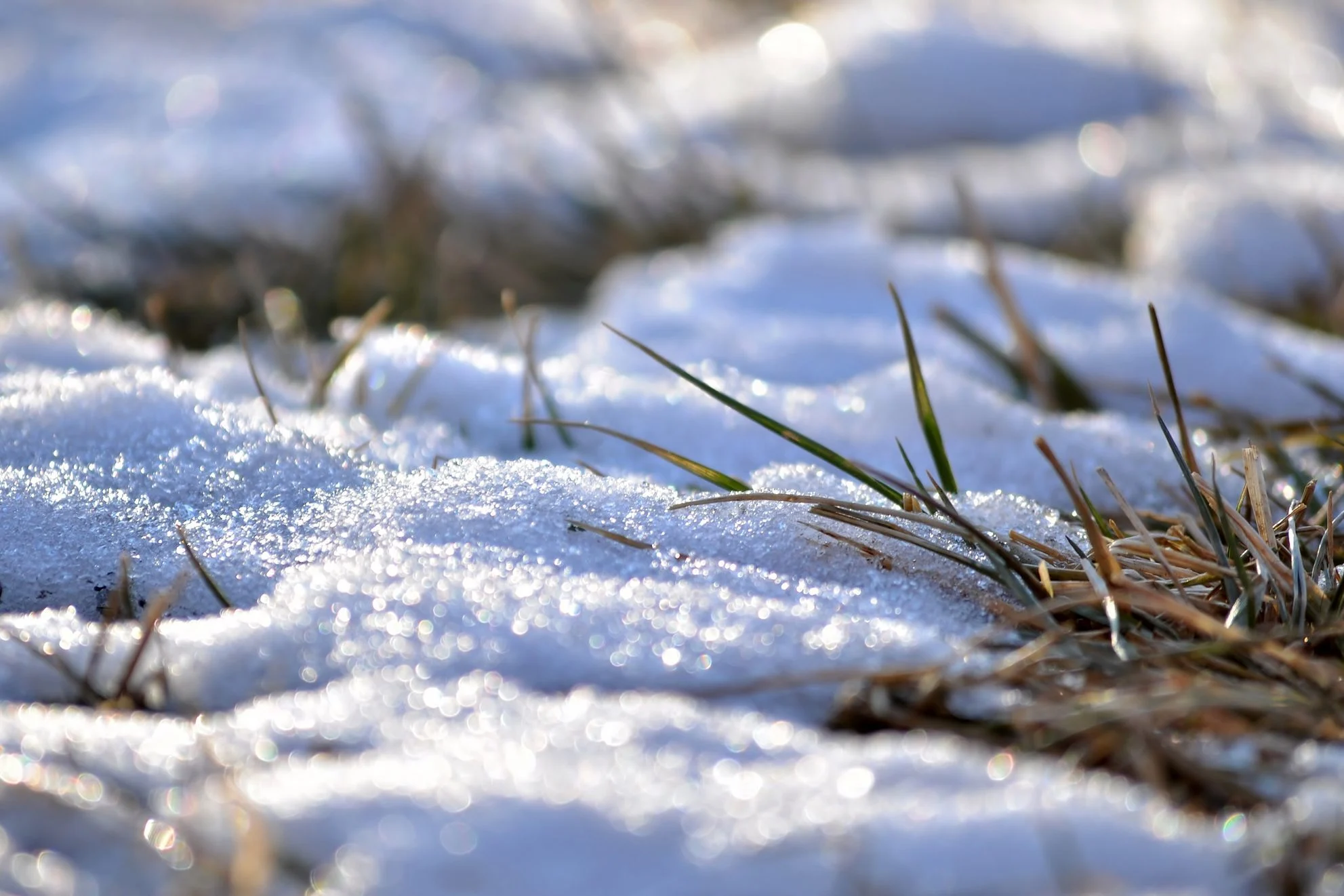
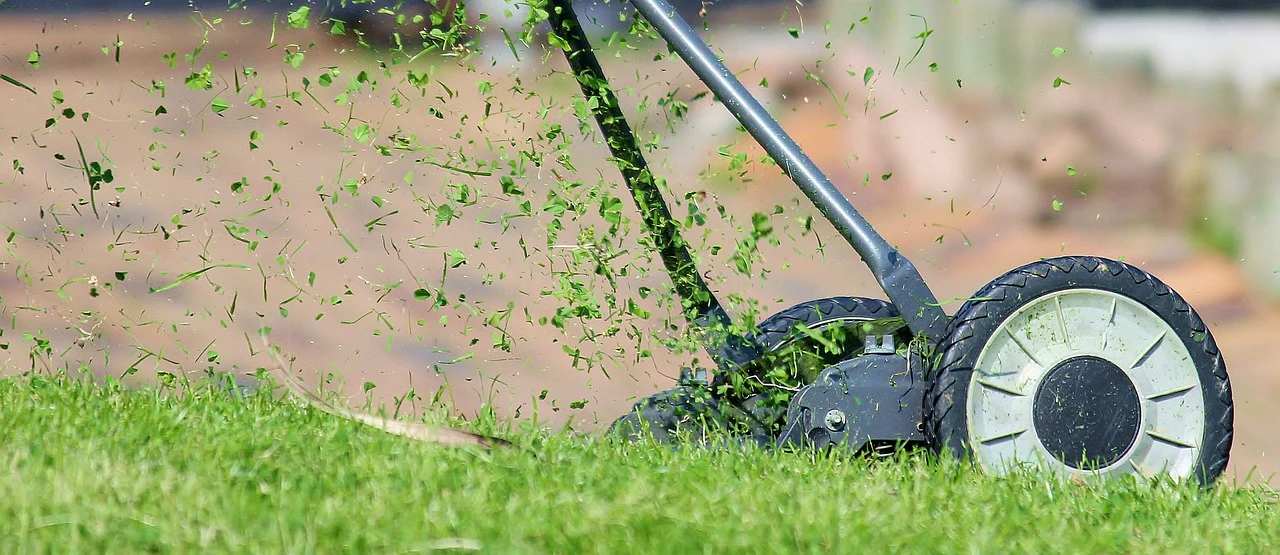
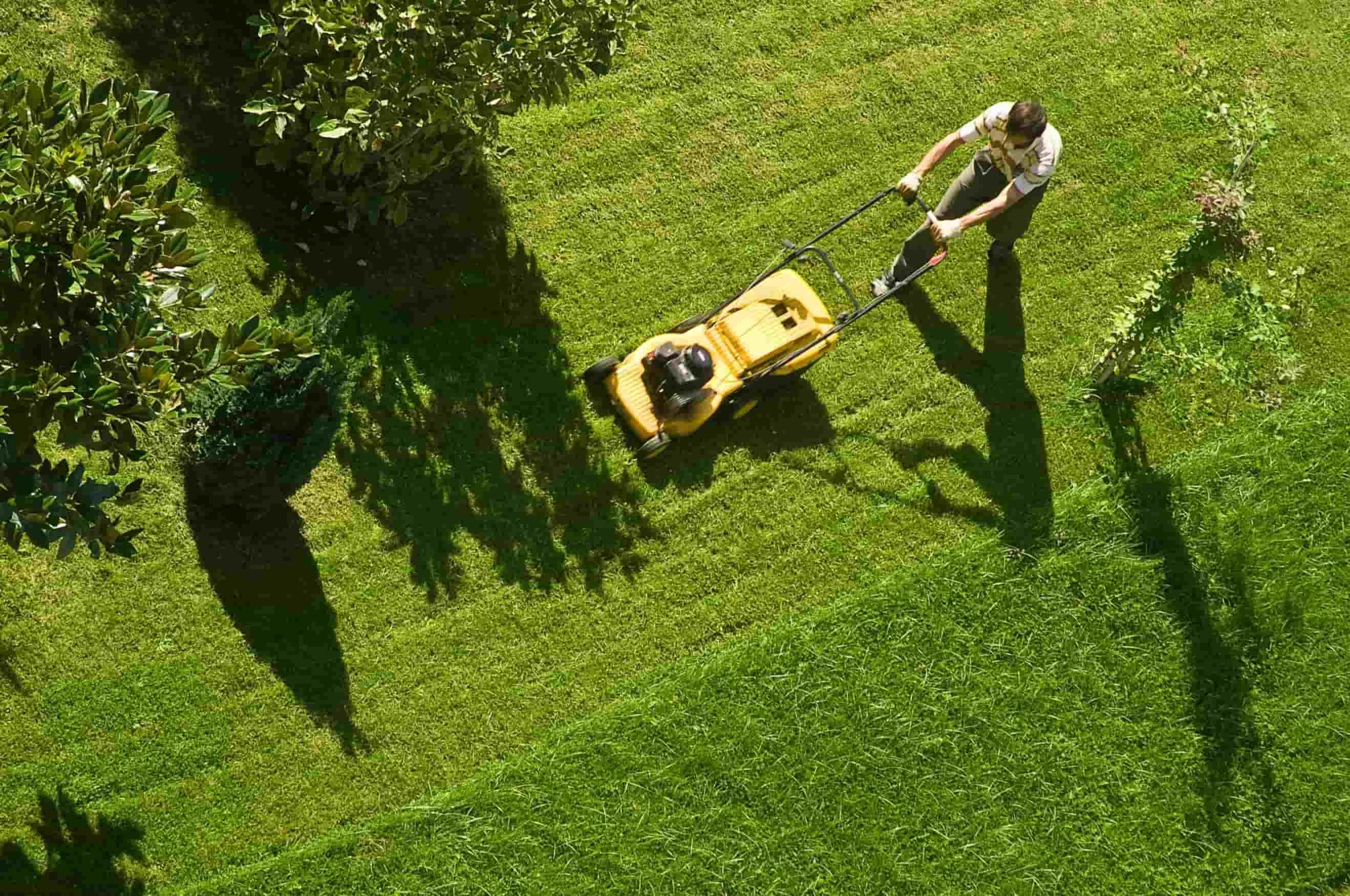
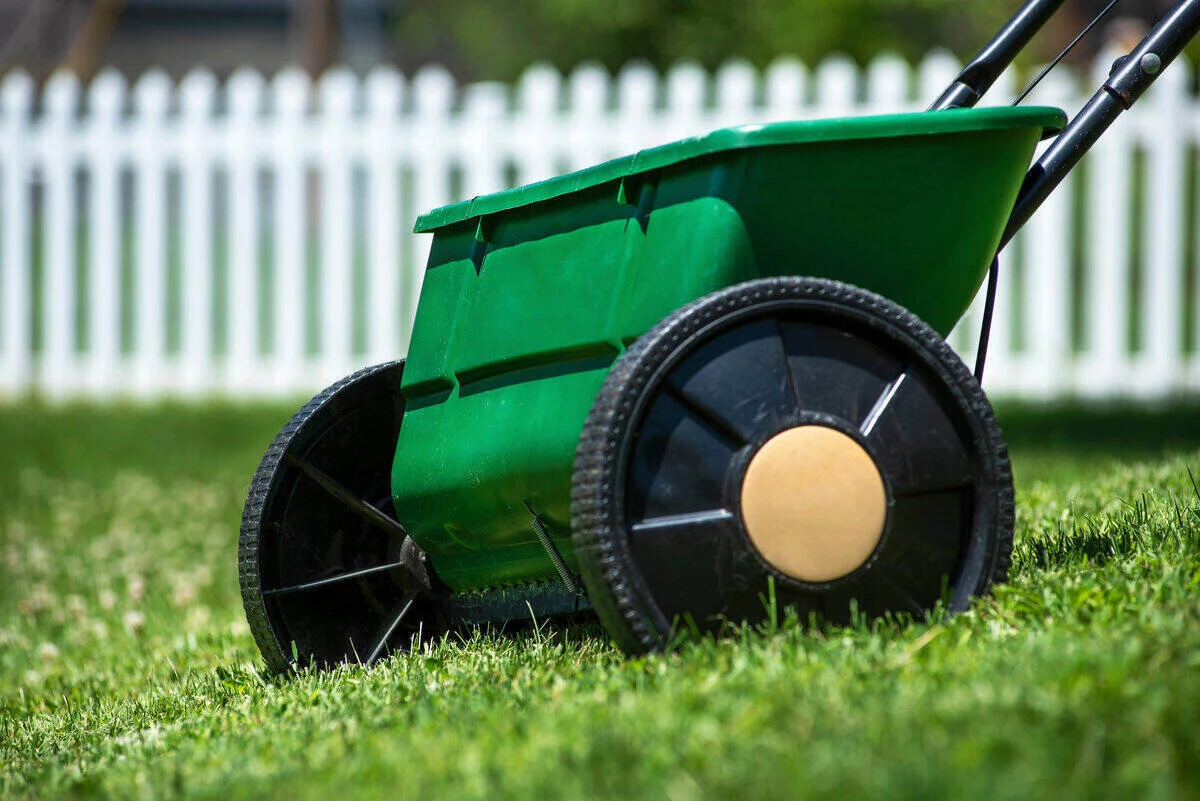


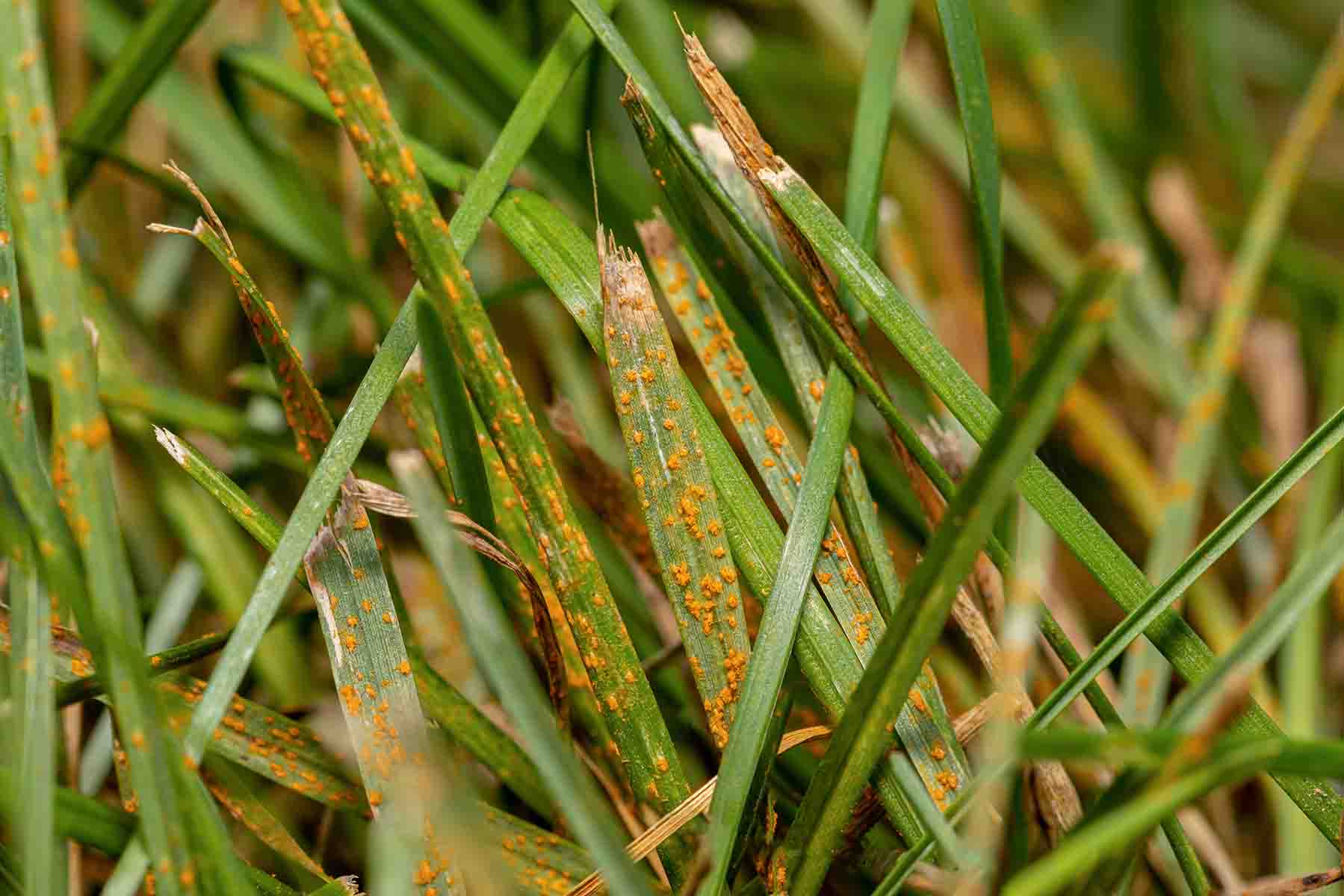
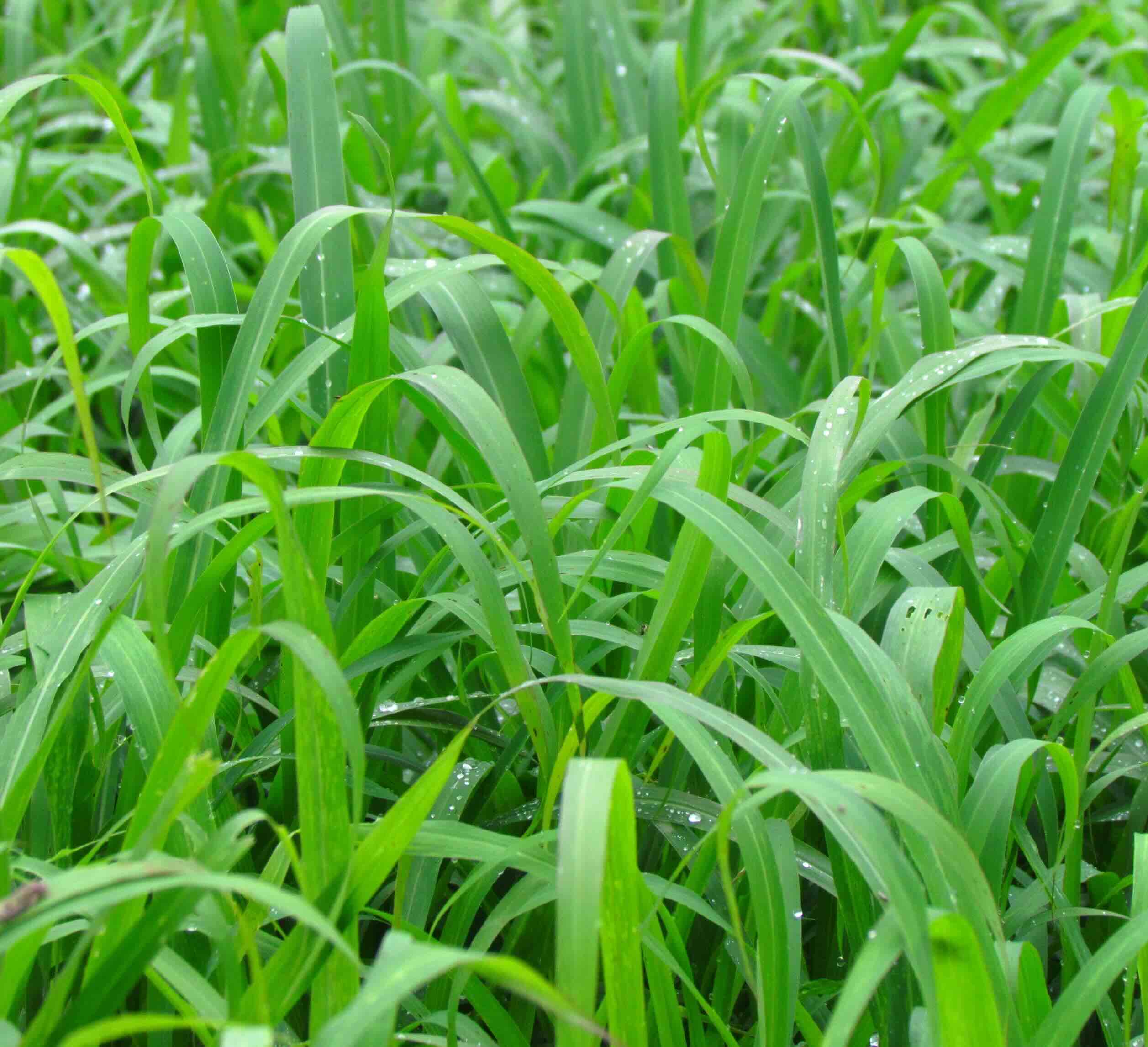
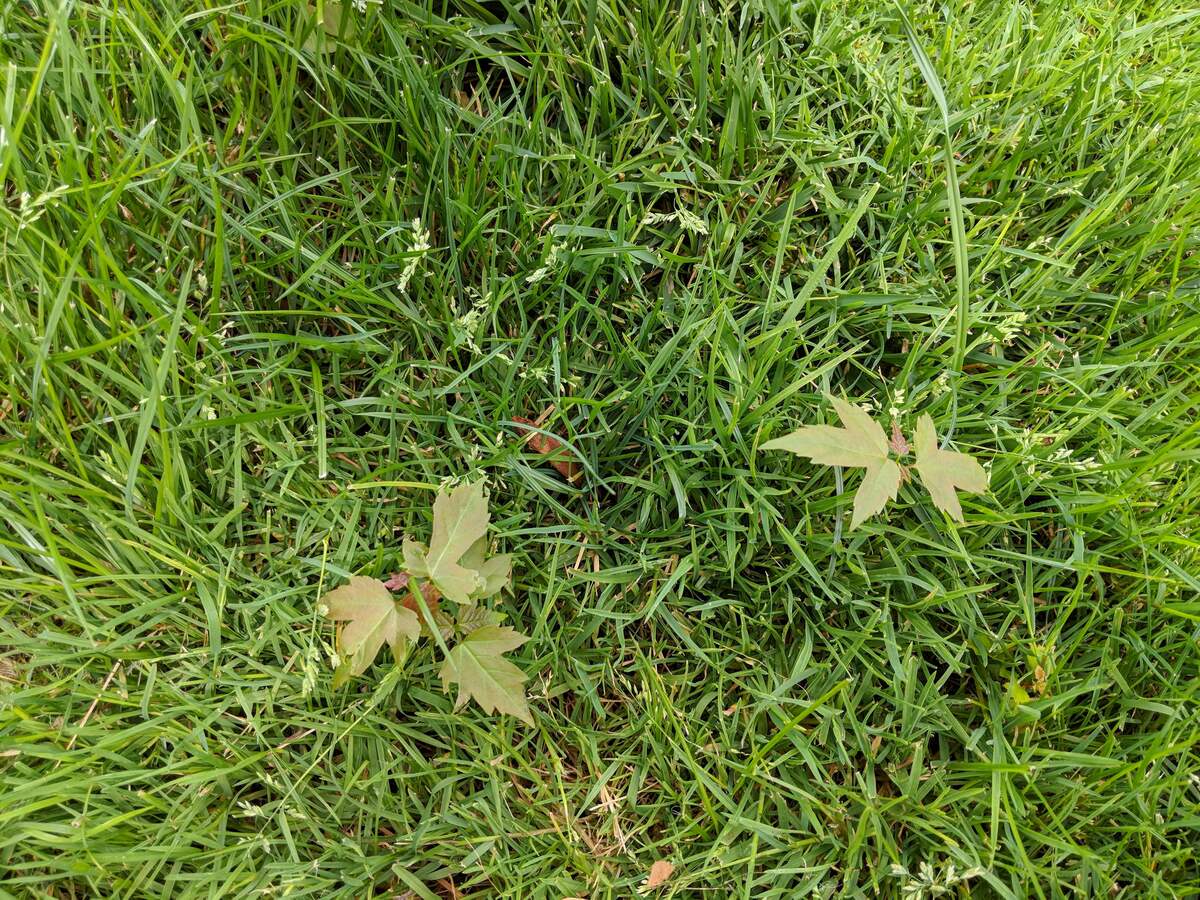

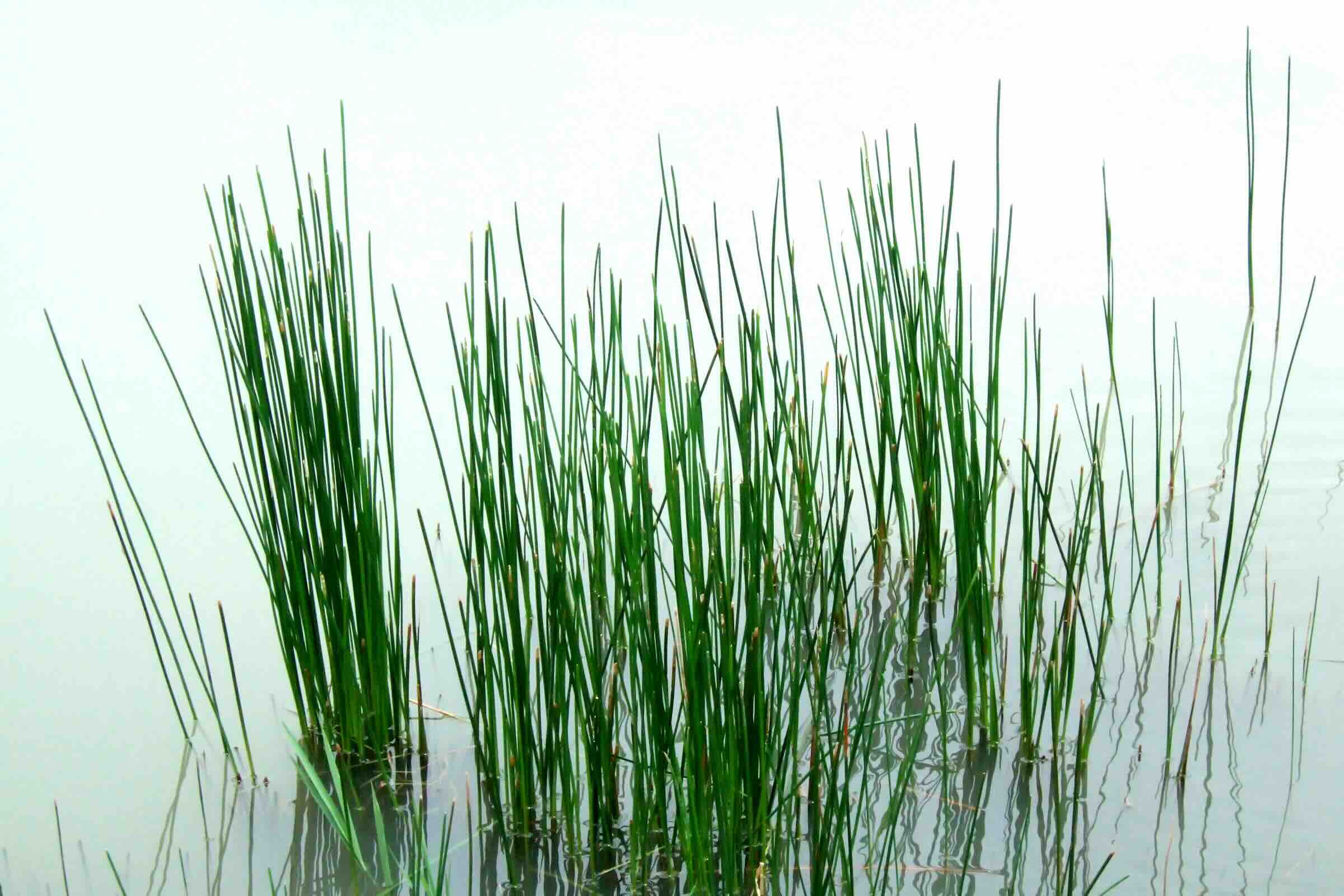




0 thoughts on “How To Get Rid Of Grass Clippings After Mowing”